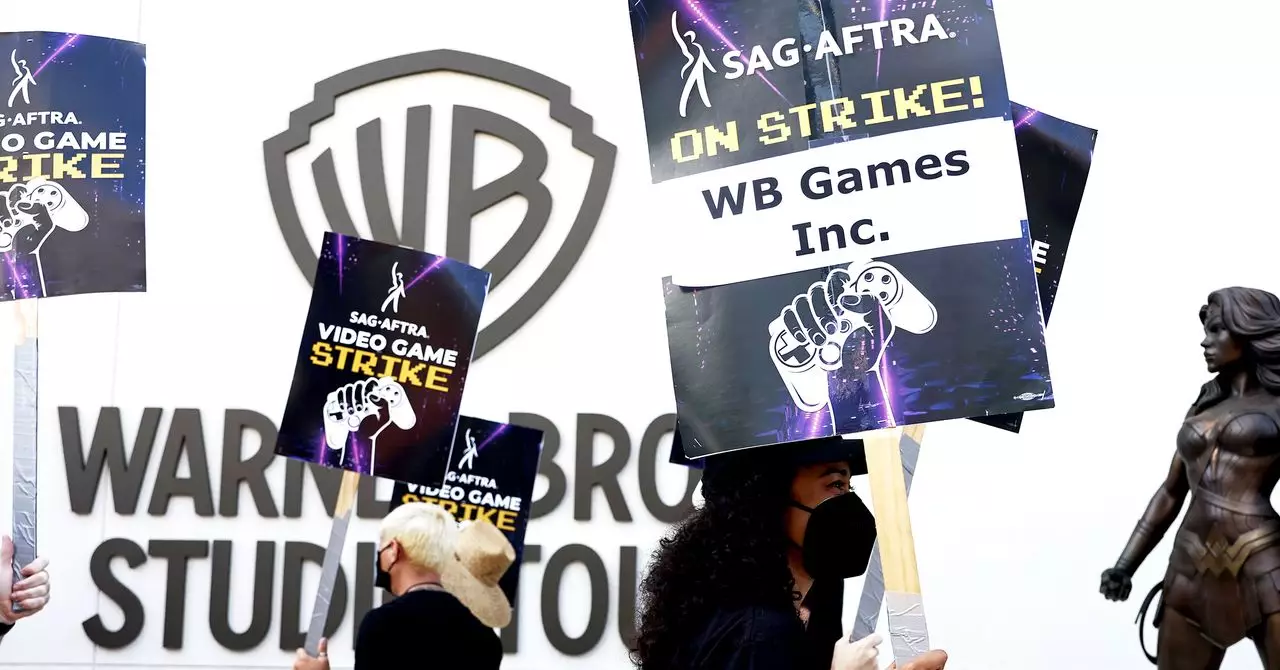The recent ratification of a groundbreaking contract by SAG-AFTRA marks a pivotal turning point in the ongoing battle between performers and gaming corporations over the rising influence of artificial intelligence. With a resounding 95% approval, the union successfully secured provisions that not only increase financial compensation but also establish new safeguards to protect performers’ rights in an increasingly digitized industry. This victory signifies more than just contractual clauses; it symbolizes a commitment to uphold human artistry amid technological upheaval. For years, actors and voice artists have expressed their deep concerns about AI’s encroachment, fearing that their performances could be easily replicated or replaced without fair compensation or consent. Now, the industry has taken a decisive step toward balancing innovation with respect for creative labor, setting a precedent that emphasizes the importance of consent, transparency, and dignity.
The Crucial Role of Performers in Shaping Virtual Worlds
Video game performers contribute significantly to the immersive experience that audiences have come to cherish. From emotive voice acting to motion capture that brings characters to life, their work forms the backbone of compelling storytelling. Moreover, performers often agree to have their likenesses used for promotional purposes or in digital recreations of themselves. With AI’s rise, however, these contributions face unprecedented threats. The ability of game companies to duplicate voices and likenesses through AI tools—sometimes without performers’ explicit knowledge or approval—poses serious ethical and legal dilemmas. This reality underscores the need for comprehensive protections to prevent the commodification of performers’ physical and vocal identities, enabling artists to retain control over how their work and imagery are utilized within virtual environments.
Legal Frameworks as Guardians of Artistic Integrity
The new contract introduces mandatory disclosure and consent protocols whenever a company intends to employ AI to generate reproductions of an actor’s work. This step is crucial because it empowers performers to actively manage their digital likenesses and voice recordings, ensuring that their contributions are not exploited without proper notification and agreement. Additionally, performers retain the right to pause or revoke consent if AI-generated content begins to deviate from agreed terms. Such provisions serve as legal safeguards in a domain where technological capabilities often evolve faster than existing regulations. By codifying these protections, SAG-AFTRA aims to establish a standard that respects artistic integrity and personal rights, both for living performers and for those who have passed away but whose voices and images are still leveraged in digital formats.
The Real Impact of AI on the Industry and Society
The infiltration of AI into the video game industry is only just beginning to reveal its disruptive potential. From high-profile stunts like recreating Darth Vader’s voice to casual attempts to generate AI-powered characters, the industry’s experimentation exposes both its enthusiasm for technological innovation and its vulnerabilities. Incidents where AI replicas act outside agreed boundaries, such as Fortnite’s offensive Darth Vader glitch or the union’s legal challenge against Epic’s AI practices, highlight the urgent need for regulation. More broadly, AI’s encroachment threatens to devalue human artistry, reducing performers to mere data points while companies chase cost reductions. Yet, this contract’s success demonstrates that industry actors can forge a sustainable path where technological progress advances hand-in-hand with performers’ rights. Respecting creative labor, after all, is not just ethical—it’s essential for fostering authentic storytelling that resonates with audiences.
A New Era of Creative Partnership
The victory for SAG-AFTRA performers heralds a broader shift toward more equitable collaborations between human creators and technological tools. Instead of resisting AI, the industry can view these advancements as opportunities to augment, rather than threaten, artistic expression—so long as clear boundaries and protections are maintained. The contract’s emphasis on transparency, consent, and fair compensation underscores a vital principle: technology should serve artists, not exploit or diminish them. Moving forward, stakeholders must recognize that safeguarding human creativity isn’t a hurdle to innovation but a foundation for meaningful progress. With these contractual protections, performers are asserting their right to shape their digital legacies, ensuring that the art they create remains rooted in human ingenuity even as machines learn to mimic it.


Leave a Reply